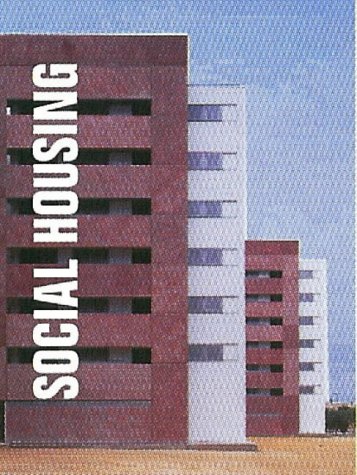

Most ebook files are in PDF format, so you can easily read them using various software such as Foxit Reader or directly on the Google Chrome browser.
Some ebook files are released by publishers in other formats such as .awz, .mobi, .epub, .fb2, etc. You may need to install specific software to read these formats on mobile/PC, such as Calibre.
Please read the tutorial at this link: https://ebookbell.com/faq
We offer FREE conversion to the popular formats you request; however, this may take some time. Therefore, right after payment, please email us, and we will try to provide the service as quickly as possible.
For some exceptional file formats or broken links (if any), please refrain from opening any disputes. Instead, email us first, and we will try to assist within a maximum of 6 hours.
EbookBell Team

4.1
40 reviews
ISBN 10: 8489861552
ISBN 13: 9788489861558
Author: Links International Staff
Part I: Reimagining Public Housing: Principles and Context
Part II: Architectural Strategies and Typologies
Part III: Driving Forces: Sustainability, Technology, and Policy
Part IV: Global Case Studies in Innovation
innovative housing
innovative housing for vets
innovative housing for homeless
innovation in housing
innovation in housing construction